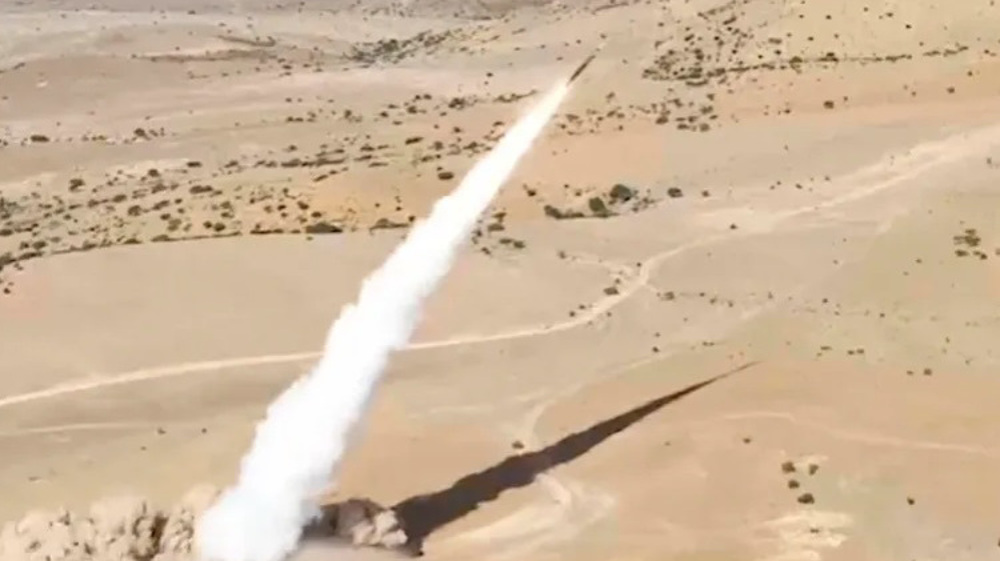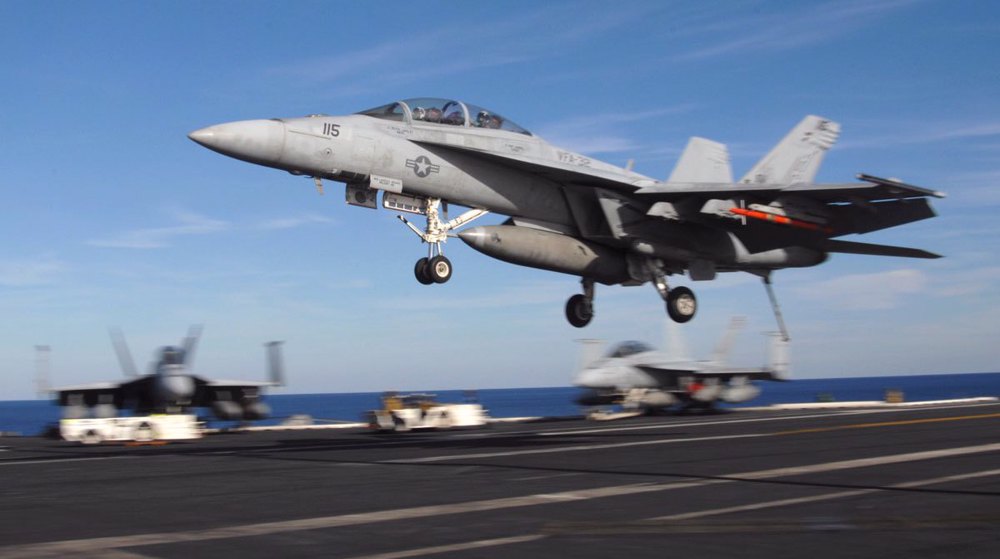5 of 6 US Air Force F-35s fail to take off in mock test
Five out of six US Air Force F-35 Joint Strike fighter jets have failed to take off in a mock test, marking yet another failure for the $400 billion project often referred to as “the world’s most expensive weapon.”
The recent test was conducted at Idaho’s Mountain Home Air Force Base and sought to evaluate the aircraft’s readiness, but only one of them was able to successfully boot its software and become airborne, J. Michael Gilmore, the Pentagon’s chief weapons tester wrote in a last week Congress testimony.
“The Air Force attempted two alert launch procedures during the Mountain Home deployment, where multiple F-35A aircraft were preflighted and prepared for a rapid launch, but only one of the six aircraft was able to complete the alert launch sequence and successfully takeoff,” Gilmore noted.
“Problems during startup that required system or aircraft shutdowns and restarts – a symptom of immature systems and software–prevented the other alert launches from being completed,” he continued.
Gilmore said this was not the only instance of software bugs crippling the jet as just recently another group of F-35s had to abort their test mission due to software stability issues.
During that incident, two of the four F-35s running with an earlier version of the complex software were forced to abort a test of the aircraft’s radar jamming and threat detection capabilities. The other two that were able to fly did not do so well in the evaluation either, Gilmore added.
The Pentagon has already announced plans to purchase a fleet of 500 Lockheed Martin F-35 fighter jets without proper combat testing.
In a previous report, Gilmore had noted that the US Air Force was not satisfied with the expensive jet because of “inherited deficiencies” with its software and “new avionics stability problems.”
A fuel system deficiency, faulty diagnostic systems, cracks in wing spars, lack of high-fidelity simulators for combat missions, and a pilot escape system that could kill ejecting pilots were among the problems that Gilmore cited for F-35.
The aircraft will enter full-rate production only after the Air Force declares its version of the F-35 jet has initial combat capability. The US Navy declared its version’s initial capability in July 2015.
Israel provides full support for theft of aid to starve Gazans: Report
'Israel booby-trapped walkie-talkies, pagers years before Lebanon blasts'
Gaza Health Ministry calls for urgent intl. help to protect hospitals amid Israeli genocide
Stakes involved in Iran’s partnership with Eurasian Union
VIDEO | Press TV's news headlines
Iran says ‘ready’ to reopen embassy in Syria, holds talks with Damascus
VIDEO | 12 people killed in ammunition factory blast in northwest Turkey
Iraq’s PMU masses resistance forces on border with Syria amid mounting concerns










 This makes it easy to access the Press TV website
This makes it easy to access the Press TV website